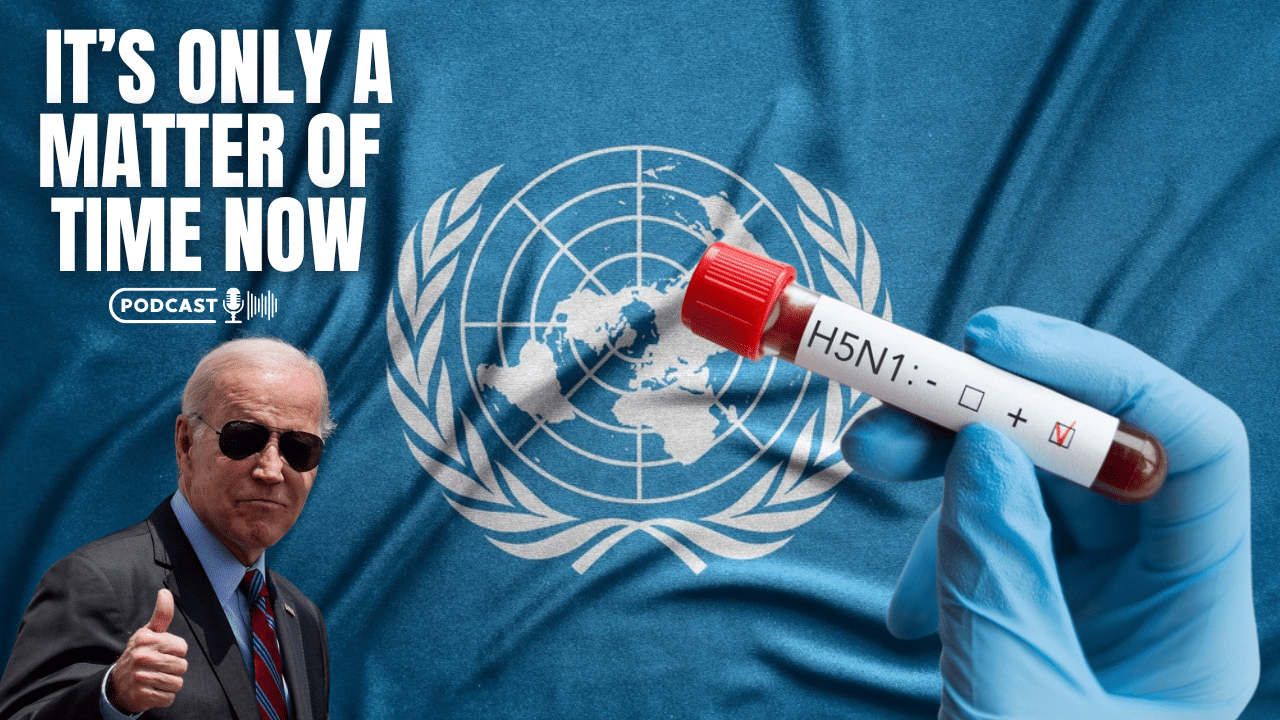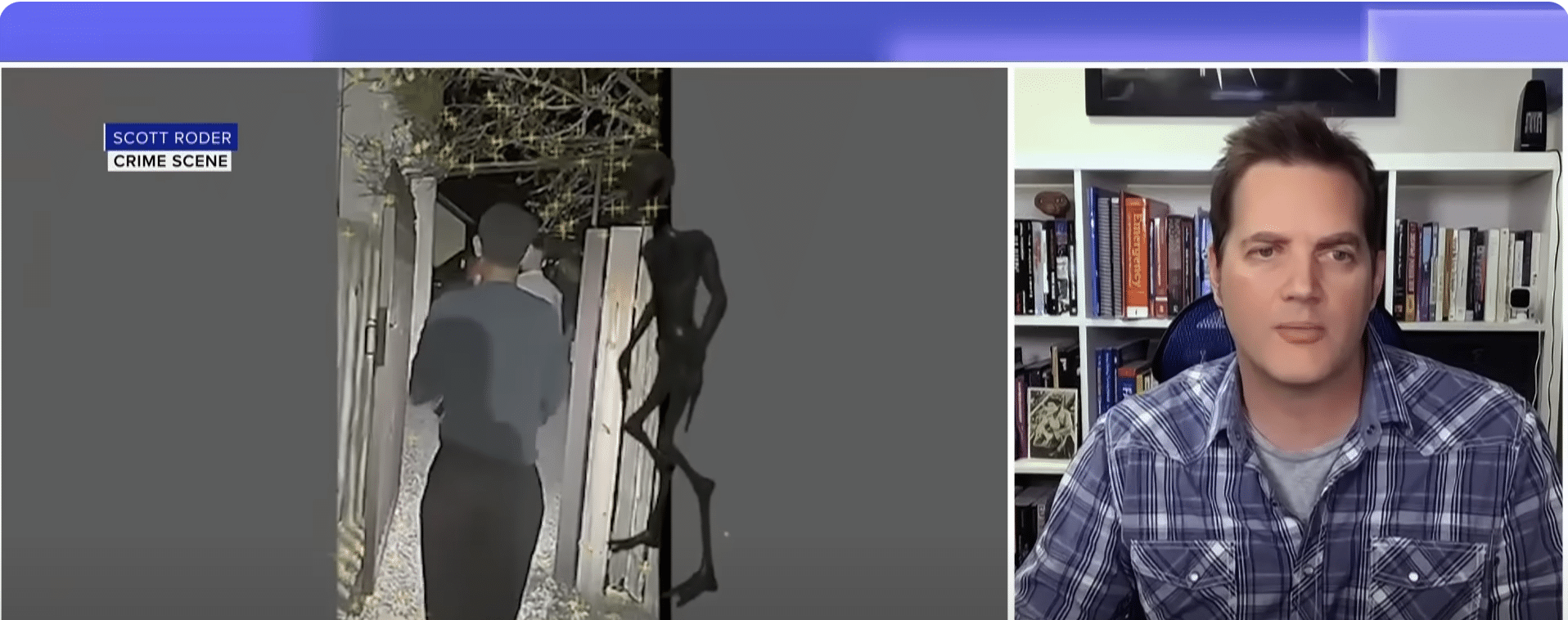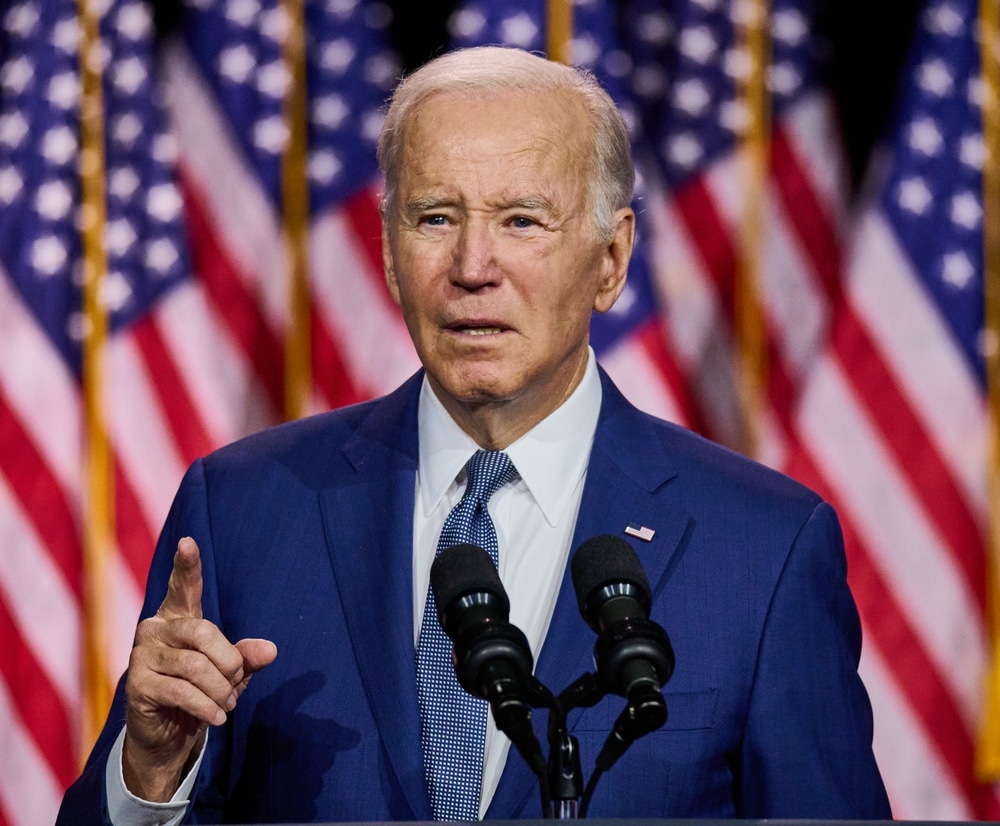Voices offer lots of information. Turns out, they can even help diagnose an illness — and researchers are working on an app for that. The National Institutes of Health is funding a massive research project to collect voice data and develop an AI that could diagnose people based on their speech.
Everything from your vocal cord vibrations to breathing patterns when you speak offers potential information about your health, says laryngologist Dr. Yael Bensoussan, the director of the University of South Florida’s Health Voice Center and a leader on the study.
“We asked experts: Well, if you close your eyes when a patient comes in, just by listening to their voice, can you have an idea of the diagnosis they have?” Bensoussan says. “And that’s where we got all our information.”
Someone who speaks low and slowly might have Parkinson’s disease. Slurring is a sign of a stroke. Scientists could even diagnose depression or cancer. The team will start by collecting the voices of people with conditions in five areas: neurological disorders, voice disorders, mood disorders, respiratory disorders and pediatric disorders like autism and speech delays.
The project is part of the NIH’s Bridge to AI program, which launched over a year ago with more than $100 million in funding from the federal government, with the goal of creating large-scale healthcare databases for precision medicine.
“We were really lacking large what we call open source databases,” Bensoussan says. “Every institution kind of has their own database of data. But to create these networks and these infrastructures was really important to then allow researchers from other generations to use this data.”
This isn’t the first time researchers have used AI to study human voices, but it’s the first time data will be collected on this level — the project is a collaboration between USF, Cornell, and 10 other institutions. “We saw that everybody was kind of doing very similar work but always at a smaller level,” Bensoussan says. “We needed to do something as a team and build a network.” READ MORE

















